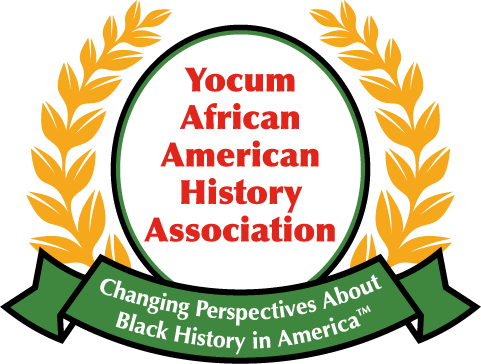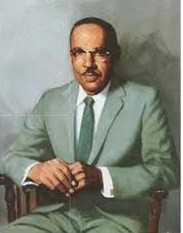Vivien Thomas was a carpenter and high school graduate in 1929 who saved his money to go to medical school. The 1929 Stock Market crash caused his bank to fail, it closed, and his money was lost. He asked a friend about work at Vanderbilt University and was told that there was a job opening in the lab with Dr. Alfred Blalock but was warned about the difficulty in working with this young doctor.
Dr. Blalock had his ideas about lab work, got tired of clinical work, and needed someone who could do what he could do and even what he could not do. He wanted someone full-time. Vivien was a quick learner, and Blalock appreciated his giftedness.
Dr. Blalock contributed to Vivien’s training in shock treatment. Vivien worked sixteen-hour days without overtime pay. Nevertheless, he enjoyed the work and was instrumental in getting Blalock’s shock treatment accepted in the medical community.
Dr. Blalock was offered a job at Johns Hopkins University and wanted Vivien to join him and move from Nashville. Thomas knew that he was no longer going to medical school as he was now married and had two children, and World War II was looming on the horizon. The risk of being called into service was small. The construction industry looked terrible, and Blalock bluntly informed Vivien that there would be no job at Vanderbilt after he left. The choice was evident; he would follow Blalock to Johns Hopkins.
When Thomas arrived, he was disappointed with the facilities at Johns Hopkins because it was nowhere near like the well-stocked lab at Vanderbilt University. It took them six months to stock the lab with surgical instruments and supplies to bring Johns Hopkins close to what they had at Vanderbilt University. After the war started, the lab was reduced to only three technicians.
Dr. Helen Taussig requested a meeting with Dr. Blalock and Vivien Thomas to discuss a physiological problem of babies born with low oxygen transportation in the blood, resulting in the blueness of the skin. Dr. Taussig drew sketches of the problems involved and felt it was a mechanical problem with a surgical correction to get more blood to the lungs. She identified the problem but made no suggestions for solving it; that was up to Blalock and Thomas.
They tried to solve it in the lab with no success until they devised a shunt. Thomas did all the experimental operations on dogs in the lab in preparation for the “blue baby” surgery. Dr. Blalock intended to witness at least one of these experimental surgeries, but he never competed watching one or doing one surgery.
The first baby, Eileen Saxton, was desperately in need of the operation, and there was no time to wait. Dr. Blalock knew he needed Vivien to guide him during the operation. Vivien stood on a stool, looked over Blalock’s shoulder, and directed him through the entire operation. For the next six months, Vivien was in the operating room every day, giving moral support and direction to Blalock for more than one hundred and fifty operations.
Vivien Thomas is the unsung hero of the Blalock-Taussig Shunt procedure that improved children’s survival with cyanotic congenital heart defects. Moreover, his name should have been credited along with the names of Blalock and Taussig.
Vivien Thomas was a genius with stunning dexterity and a keen intellect who became an outstanding surgical teacher. In 1976, Thomas received an honorary doctorate from Johns Hopkins.
This information is from the Living History audio interview dated April 20, 1967, by Dr. Peter D. Oleh. Vivien Thomas shared his story about working with Dr. Alfred Blalock. https://oculus.nlm.nih.gov/o/oralhist/2935102R_OH15.html

